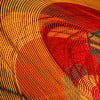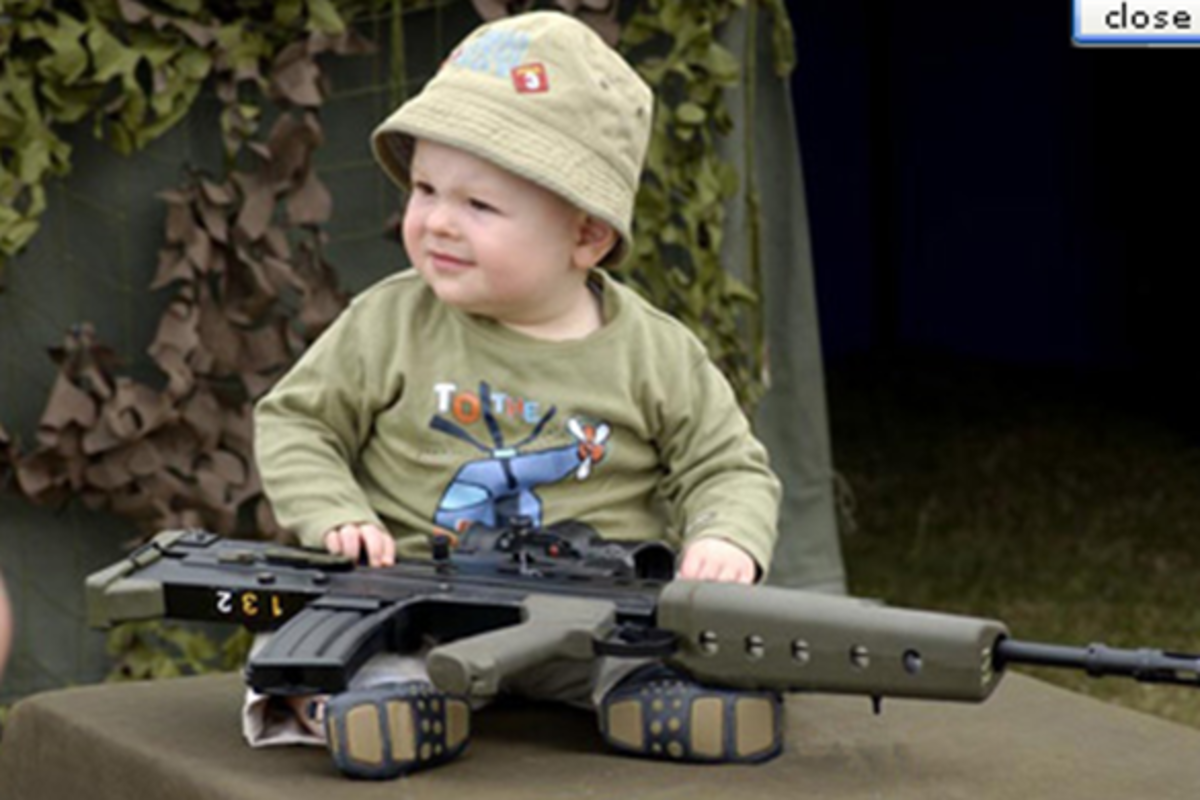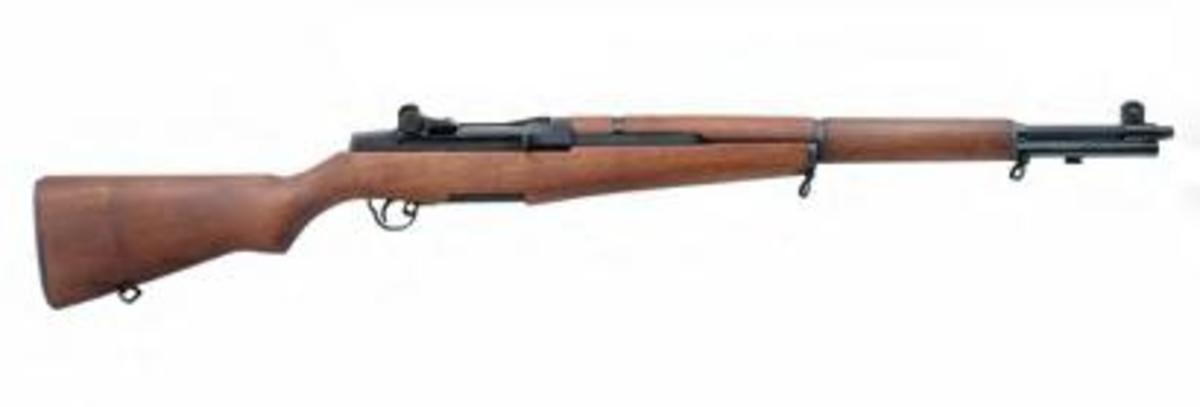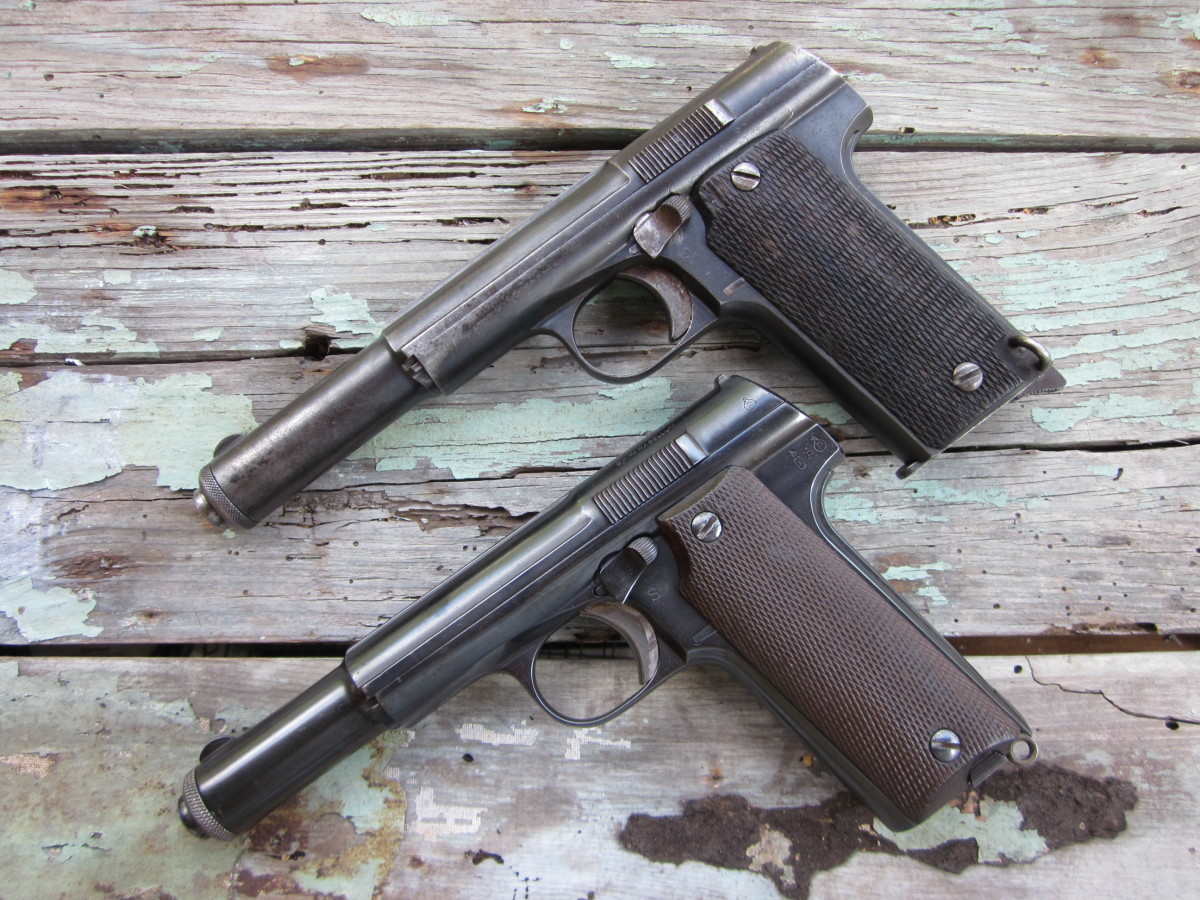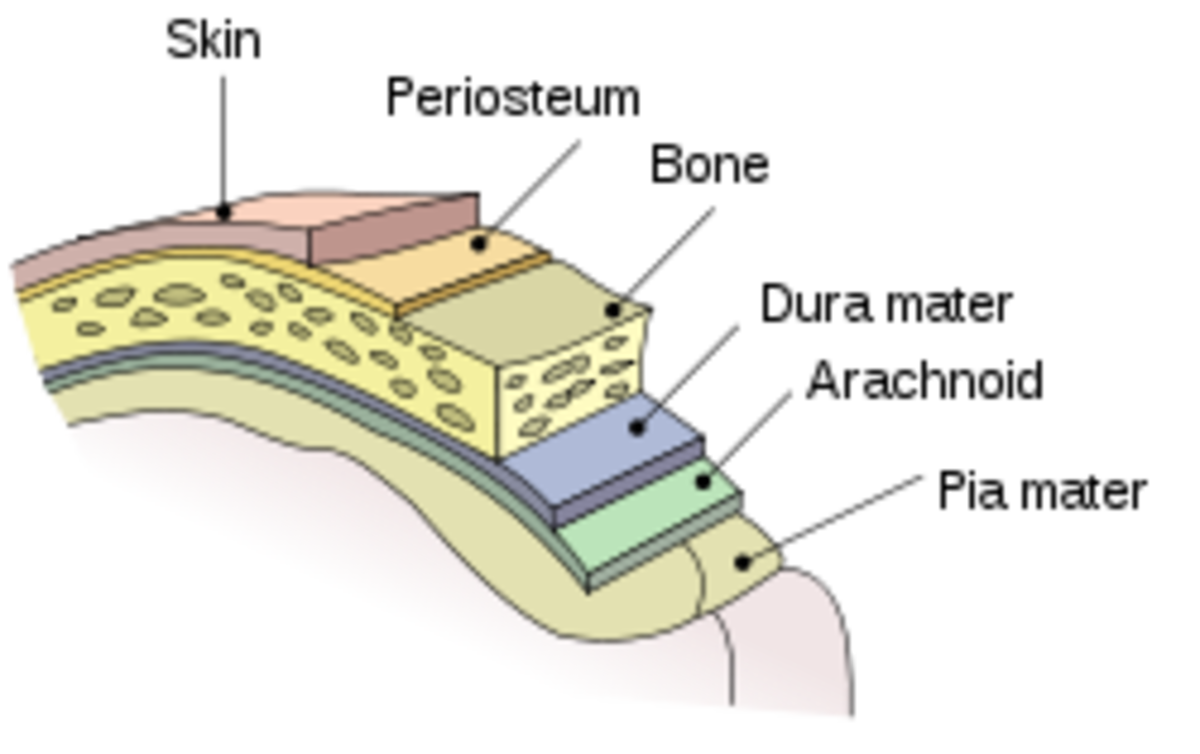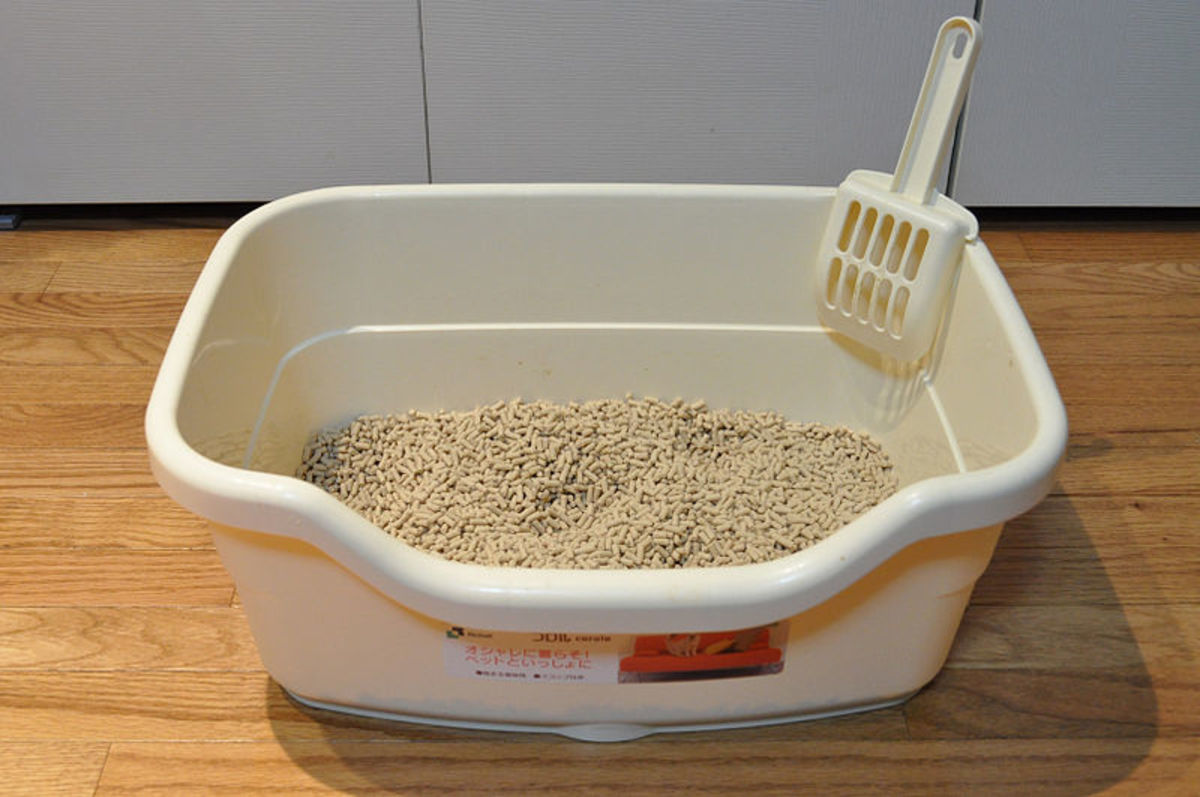Basic Rules of Safe and Responsible Gun Handling
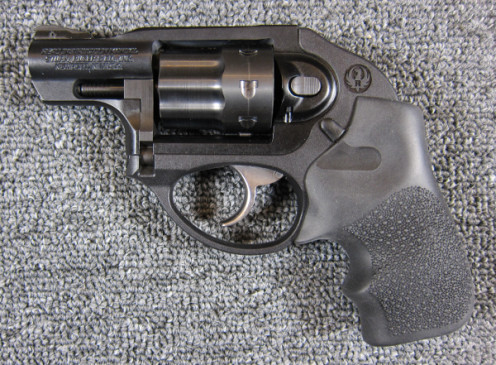
Gun Safety
The purpose of this article is to explain the basic concepts behind the safe handling of firearms.
Firearms in general are a controversial subject in recent years for many reasons. In this article, I will take the approach that a firearm, as an inanimate object, is neither good nor evil. I assume that any interest in the safe handling of this inanimate (yet potentially dangerous) object is a good thing and should be encouraged.
Gun manufacturers expend a lot of effort to make sure their products are as safe as possible. However, they can't prevent the person using it from being careless. Education about gun safety and familiarity with your particular firearms are important components of safe and responsible gun ownership.
Rules
There are several sets of “rules” in circulation. Some of the sets have four rules, some have ten, some have a different number. Many of these rules overlap. The main differences depend on whether the rules are directed more towards guns for sport or guns for defense.
Do you own a firearm?
The Basic Four
The four basic rules are often attributed to Colonel Jeff Cooper, a Marine Corps officer in World War II and Korea. Being of a military mindset, he was not concerned about sporting uses of firearms when he came up with his rules.
Rule 1 - Treat every gun as if it were loaded
The purpose of this rule is to create safe gun handling habits. It helps prevent accidents caused by someone mistakenly thinking that a firearm is in a safe condition (i.e. unloaded, safety on, etc.) when it really isn’t. If you always treat it as loaded, you're less likely to handle it in a careless way.
It's far more common for firearm injuries to be caused by carelessness rather than mechanical malfunctions. Developing safe habits is an important step toward preventing these injuries.
Rule 2 - Never point the gun at anything that you aren’t willing to destroy at that moment.
This protects against harming someone or something in case of an unintentional (more properly called “negligent”) firing of the gun.
Where should a gun be pointed when not ready to fire? If you’re at a firing range, keep it pointed downrange towards the target area. If you’re “in the field”, keep it pointed at the ground (taking care that any possible ricochet can’t cause injury) or in the air.
A bullet fired into the air will, of course, fall to the ground somewhere. It's possible that the falling bullet will strike and injure someone. That injury will be far less than if the bullet hit directly instead of going into the air first.
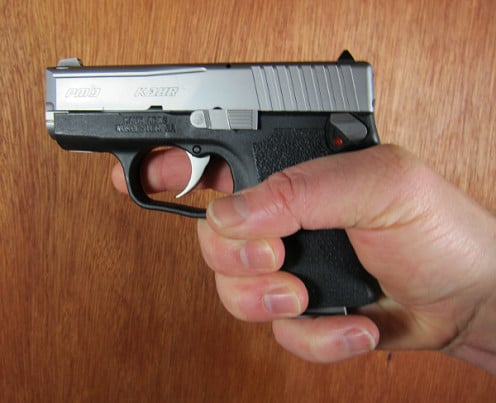
Rule 3 - Keep your finger off the trigger until you’re ready to fire.
This is another method of preventing an unintentional firing of the gun. Despite what you hear in the news, a gun doesn’t just “go off” on its own. It fires when the trigger is pulled.
If you’re moving around carrying a gun, either at the range, hunting, or on patrol, and you have your finger on the trigger, there’s a very real chance that you may accidentally pull the trigger if you stumble, fall, or are startled by something. Keeping your finger off of the trigger prevents this from happening.
Rule 4 - Be sure of your target and what’s beyond it
It’s very important to be absolutely sure what you’re shooting at. This may sound incredibly obvious, but there are news reports every year about someone getting shot because a hunter thought they were a deer or other animal.
Being sure of what’s beyond the target is equally important for two reasons.
-
You may miss the target.
-
Your bullet may pass through the target and continue on the other side.
In both cases, the bullet is going to travel until it either hits something or runs out of energy and falls to the ground. You need to make sure that there is nothing that can be unintentionally harmed in its path.
Other “Rules”
The National Rifle Association and the National Shooting Sports Foundation include some additional rules and recommendations beyond the basic four. These are mainly geared towards sport (target) shooters and hunters and make sense in that context. They make less sense when viewed in the context of self-defense.
Firearms should be unloaded when not actually in use
This is reasonable for a hunting or sporting firearm since it’s unlikely that you’d need immediate use of it. Removing the magazine (if so equipped) and clearing the chamber leaves it in a safe condition.
This rule is less appropriate for people who keep guns for self-defense. You could argue that self-defense is an around-the-clock use. For that reason, the gun should be loaded at all times. After all, an empty gun is really nothing more than an expensive club.
Because the gun is loaded at all times, it must be handled with appropriate care.
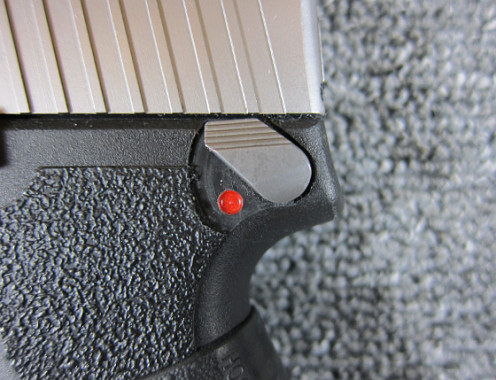
Don’t rely on your gun’s safety
Many (but not all) firearms have a mechanical safety switch that disables the gun from firing. It does this in a variety of ways such as disconnecting the trigger mechanism, blocking the firing pin from moving, or preventing the hammer from contacting the firing pin. These are all very reliable, but like everything else, there’s a chance they could malfunction.
A much more likely problem is that you think the safety is engaged when it actually isn’t.
Be sure the barrel is clear of obstructions before shooting
This sounds like pure common sense; of course the barrel will be clear of obstructions! However, if you’re moving over rough terrain while hunting or on patrol, there’s a chance that the barrel of a rifle may come in contact with the ground at some point. Perhaps you slip in mud or break through the crust on the snow. In those cases, if the barrel contacted the ground, there’s a chance that the end of the barrel has a plug of mud or snow in it. That could lead to dangerous overpressure the next time you pull the trigger.
Another rare occurrence is when a malfunction in a round causes the round to fire without enough force to push the bullet all the way through the barrel. This is known as a "squib" and is very dangerous. It's more likely to happen with reloaded ammunition rather than factory-made rounds. That bullet must be removed from the barrel before the gun is fired again or serious injuries could occur. If you pull the trigger and the gun fires but doesn't sound or feel right, check for this condition.
If your gun fails to fire when the trigger is pulled, handle with care!
It’s possible to pull the trigger on a live round and have the gun fail to fire. I’ve had it happen to me. It could be that the round is defective or the firing pin didn’t hit with enough force because of fouling (a dirty gun) or a mechanical problem.
In this case, keep the barrel of the gun pointed in a safe direction (see Rule 2). Wait a few minutes, especially if you’ve been doing a lot of shooting. (If you’ve fired many rounds leading up to this, it’s possible that the heat from the chamber will cause the round to “cook off” and fire unexpectedly.)
After waiting a couple of minutes with the barrel pointing in a safe direction, remove that round in whatever manner is appropriate for your particular gun. Most ranges have a “dud bucket” for these rounds. Drop it in there and continue.
Use a Quality Holster
A good quality holster serves several functions:
- It allows you to securely carry the gun without the risk of dropping it.
- It helps protect the gun from moisture and scratches.
- It increases safety by keeping the trigger covered.
Wear eye and ear protection as appropriate
Guns are much louder than what you see on television or in the movies. They can cause serious permanent hearing loss if you expose yourself to it often. Even one shot with no protection can cause your ears to ring for hours. It’s important to wear appropriate hearing protection when shooting.
Eye protection is also important. Guns emit hot gases and fine debris in different directions. There’s also the chance of ricochets. I’ve been hit by bullet fragments bouncing off the backstop at 50 feet. Regular eyeglasses are not adequate protection. Seek out eye protection that meets or exceeds ANSI Z87.1+ impact standards.
Summary
There are other general rules and guidelines that can help you stay safe when handing firearms. It’s important to treat guns with the respect they deserve. They are inherently safe devices, but can have serious consequences if not handled properly.
Related Information
Guns - Tools for Protection or Evil Instruments of Death
With gun-related violence in the headlines nearly every day, we have to ask: Are firearms a menace to society or do they have some redeeming value?
